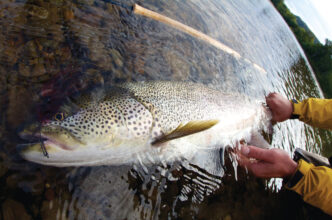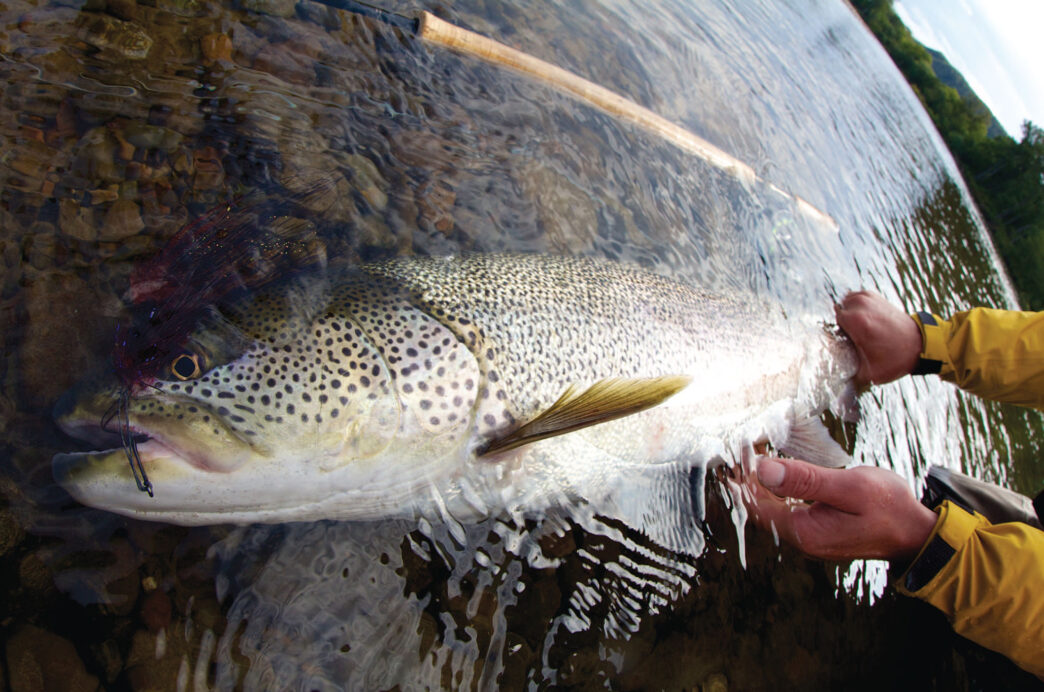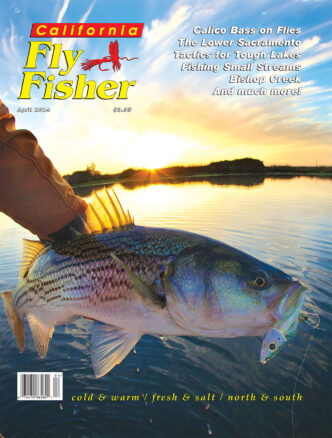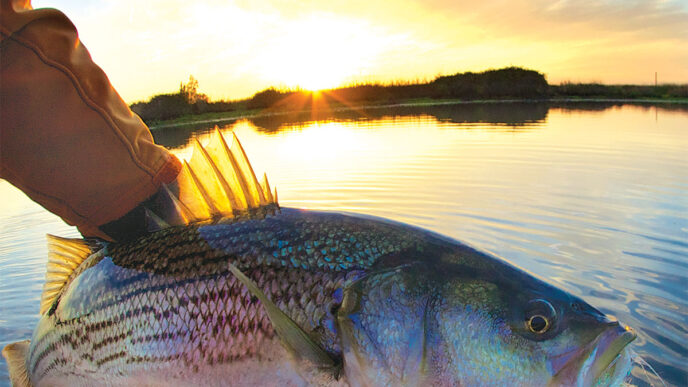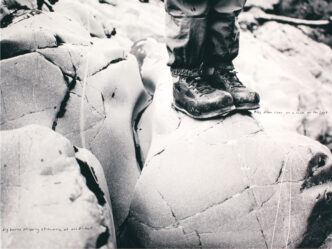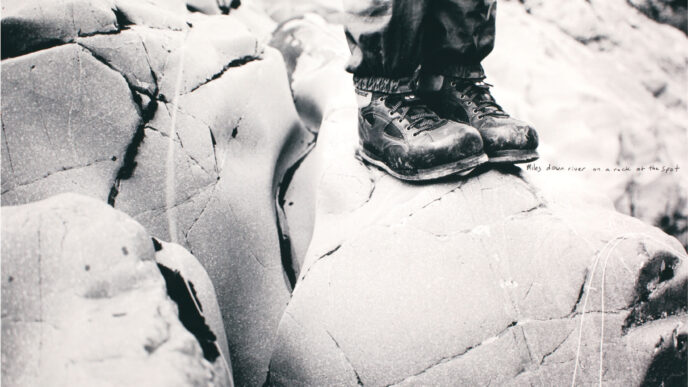I started fishing at the very early age of 3 on a farm pond in North Carolina, far away from my birthplace in Visalia, California, and it ignited an immediate spark of interest in the sport. By the age of 8, I had picked up a fly rod, and by age 10, a camera accompanied every fishing excursion. Initially, I used the camera only to document my catch, but by my late teenage years, I saw the value of documenting the entire experience. In 2000, I sold my first photo to a magazine, and I ended up creating a business documenting my fishing experiences.
I have always loved to travel, and photography has taken me to far reaches of the planet, from Australia, to Siberia, to Iceland, and to Argentina. The doors to all these destinations were opened by creating images. I’m a big fan of locations and fish species that have yet to be “discovered.” I’m always more excited on the first trip to a destination than on the second. There’s nothing like exploration in fly fishing, and photography comes along for the ride.
In my personal fishing, I’m allergic to crowds of people, so I would rather try a low-percentage, off-the-radar spot than elbow my way into a popular locale. I take a similar approach to my photography. If I have a unique image or photos of a unique destination, there is a much higher probability that those images will be purchased.
Speaking of selling images, budding photographers looking to get into the business often don’t understand the actual business side of selling photos. I see some amazing photos from very talented photographers who struggle to get their photos published. Selling photos is much like my main source of income — I’m the West Coast sales representative for Simms Fishing Products and Hatch Outdoors: relationships and service are everything.
If an editor of a magazine is looking for an image, more than likely, he or she needed it yesterday, so being able to supply what’s needed as soon as possible in the proper format is critical. It’s often the difference between selling an image or not.
Also, being organized becomes more and more important as my library expands. I use an iMac and a MacBook Pro, and Aperture is my primary photo software for quick adjustments. It also stores my library. For more detailed photo editing, I go to Photoshop. Having a Web site is also a good idea and an important way to differentiate yourself from the pack. But as my mother has instilled in me from Day One, there’s no substitute for hard work.
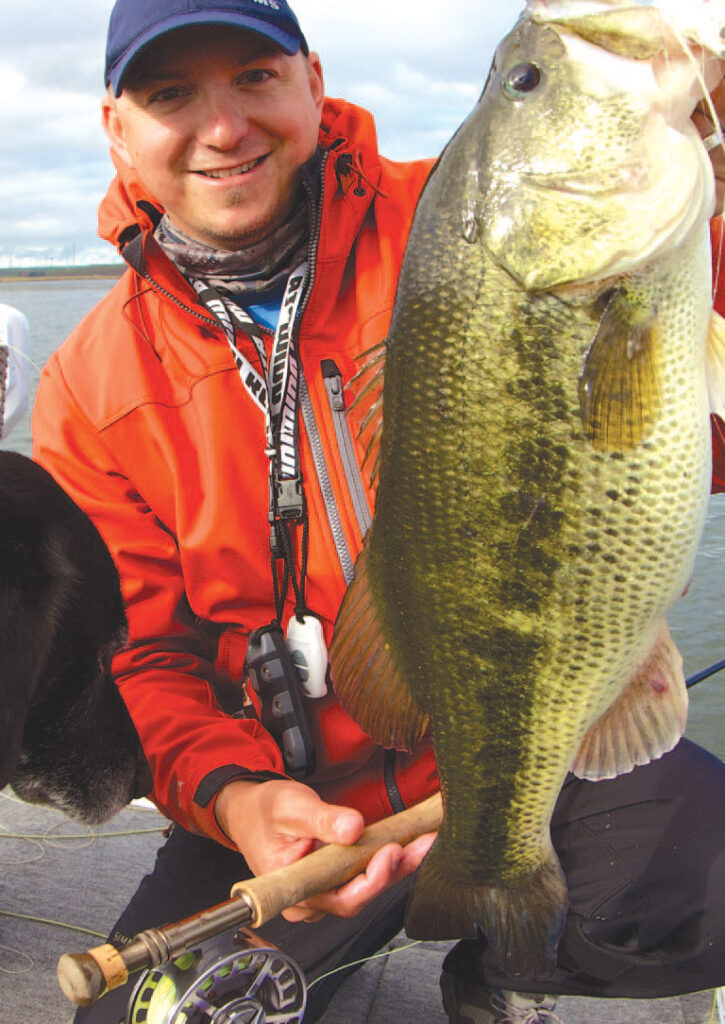
When I’m behind the camera, I’m always considering how the image I’m producing would be used. It may be for documenting one of my family events, or for publication in a magazine, or use in one of the slide shows that I’m doing. Determining the end use before I shoot an image really helps in creating the image. For instance, if I’m shooting an image for the cover of California Fly Fisher (such as the cover photo for this issue), I make sure there is enough room for the masthead at the top and the text at the bottom. Not framing the photo properly eliminates an image for a cover.
As for the photo equipment that I use, I’m not afraid to spend money on good lenses. To me, lenses are much more important than the camera body, and all the bodies are getting to be good these days. The semipro/amateur bodies today are as good as the high-end pro cameras 5 or 10 years ago. I’ve always upgraded my camera body every 2 to 3 years, but I’ve been shooting with the same lenses for the past 10-plus years. Currently, I shoot entirely with Canon equipment. I’m using a Canon 60D and 40D bodies. I’m a big fan of the pop-up flash for fishing photos — external flashes are slow and cumbersome, and both of these cameras have the pop-up flashes. In fishing environments I’m always concerned with how the fish is doing. Waiting for my external flash to load may lead to harming the fish, which is unacceptable. The lenses I shoot with are a 50-mm macro lens, a 70-200 image stabilizer, a 17-55, and a fisheye 8-15. My underwater photos are taken through an Aquatec underwater housing.
Making a living on something you love to do is pretty special. I feel like the luckiest person on the planet.
John Sherman
Here’s a short bio, too:
John Sherman is a professional photographer, father of two, and lives on the banks of the Sacramento–San Joaquin Delta in Discovery Bay, California. His photography has Sea-run taimen, far-eastern Russia appeared in all of the major fly-fishing magazines, in many manufacturer advertisements, and throughout his book coauthored with Captain Mike Costello, Fly Fishing the California Delta. He is currently working on his second book project, documenting the world’s best sea-run fly fishing. A comprehensive body of his work can be seen on his Web site, www.johngsherman.com and on his Facebook page, tography.



